Addressing our Transportation Emissions
The US transportation sector emitted 29% of our carbon emissions in 2021. It’s no understatement to say that as we electrify our vehicles and utilize renewable energy to charge our EVs, we will significantly improve our air and water quality and health! Incentives and goals for EV ownership have never been better; let’s look at both to see what lies ahead for the electrified future of transportation.
Washington State EV Goals
Washington State had ambitious goals to promote electric vehicles and reduce greenhouse gas emissions. Some of the plans included:
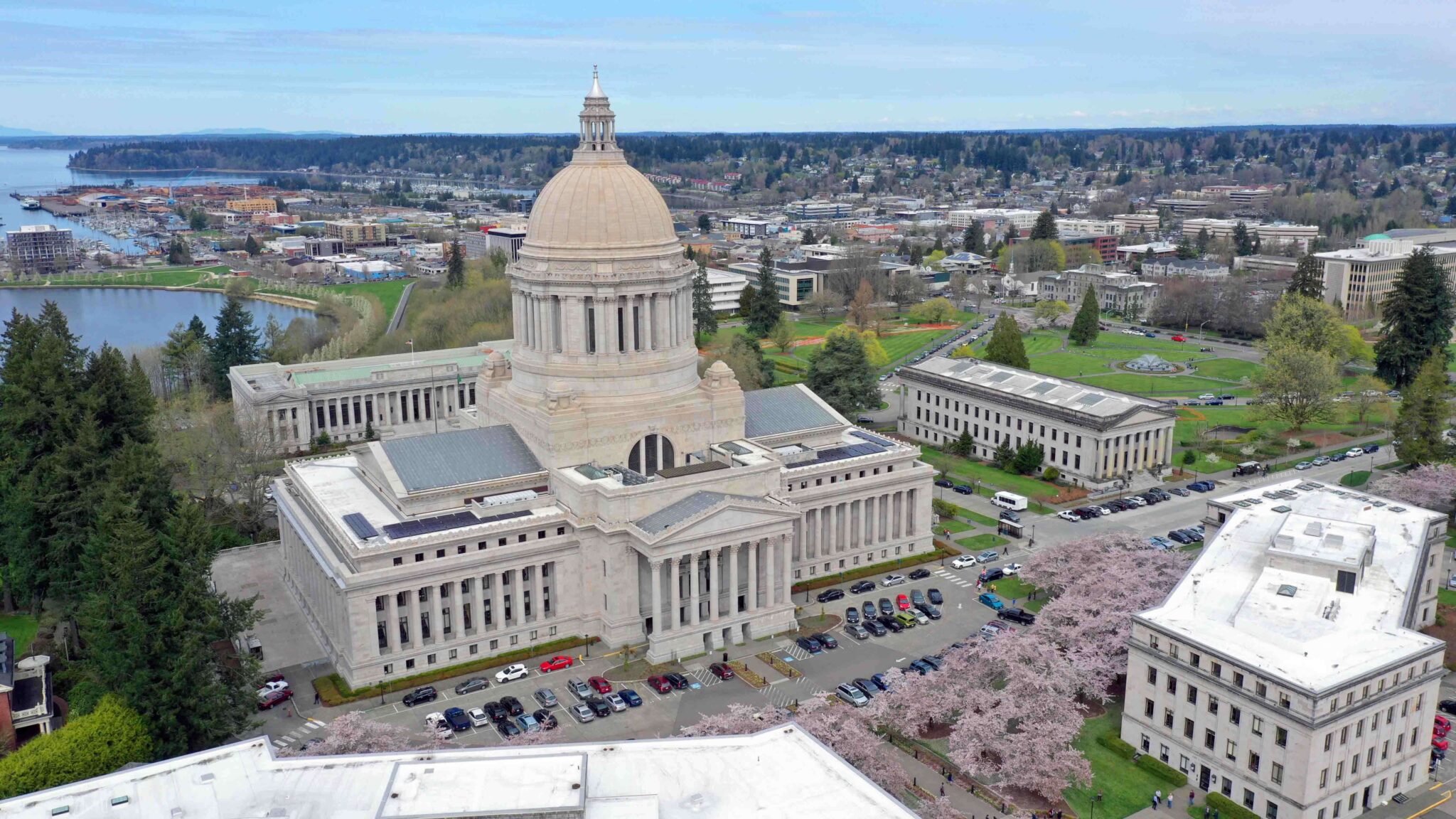
Zero Emission Vehicle (ZEV) Mandate:
Following California’s lead, Washington requires all new cars sold to be electric by 2035. Beginning in 2026, automakers will need to sell 6 to 9% more EVs each year to make it to 100% by 2035, according to the Department of Ecology.

Charging Infrastructure:
The West Coast Green Highway aims to install DC fast chargers along the I-5, I-90, and US 2 highway corridors. With charging stations every 40-60 miles. Through the West Coast Green Highway, you can seamlessly travel between British Columbia and Oregon within Washington.
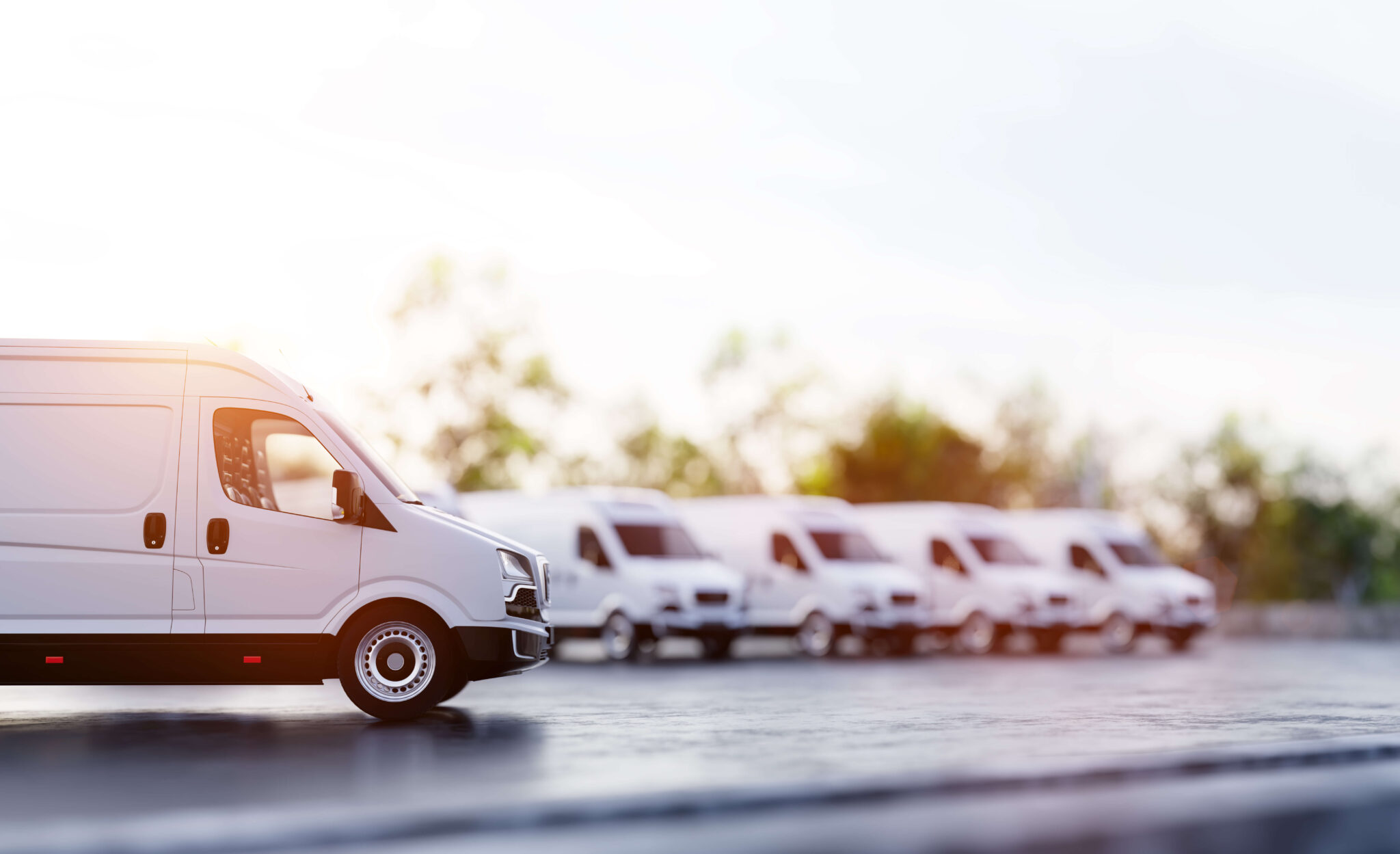
Fleet Electrification:
To reduce State Fleet vehicle emissions, the State Efficiency and Environmental Performance (SEEP) office will implement the transition to an electrified fleet for State activity.
Federal EV Goals & Incentives
At the federal level, there were several initiatives and goals related to electric vehicles:

EV Tax Credits
In 2024, the $7,500 tax credit will become a point-of-sale rebate. The tax credit applies to light vehicles with an MSRP of at most $55,000 and Vans, SUVs, and Trucks with an MSRP of less than $80,000. Likewise, in 2024, the used EV tax credit applies to 30 percent of the cost of a used EV, up to $4,000, on a vehicle with a maximum MSRP of $25,000.
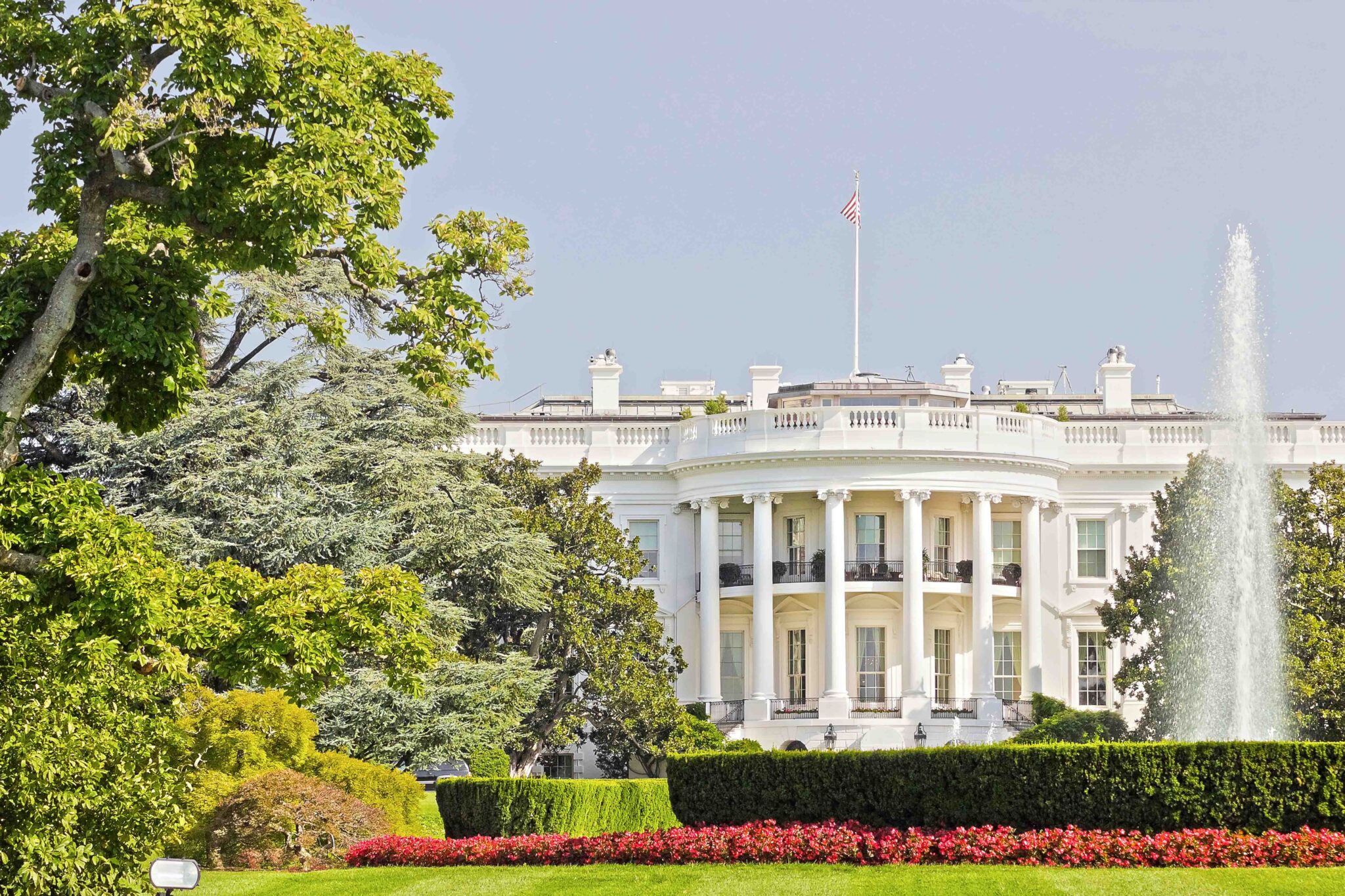
Biden Administration's Goals:
The Biden Administration aims to build a network of 500,000 EV charging stations nationwide by 2030. The administration also expressed interest in transitioning the federal fleet to electric vehicles.

National Electric Vehicle Infrastructure:
Supporting their goal of 500,000 EV charging stations by 2030. A $5 billion initiative to connect the nation with charging stations along major highways to support long-distance driving.
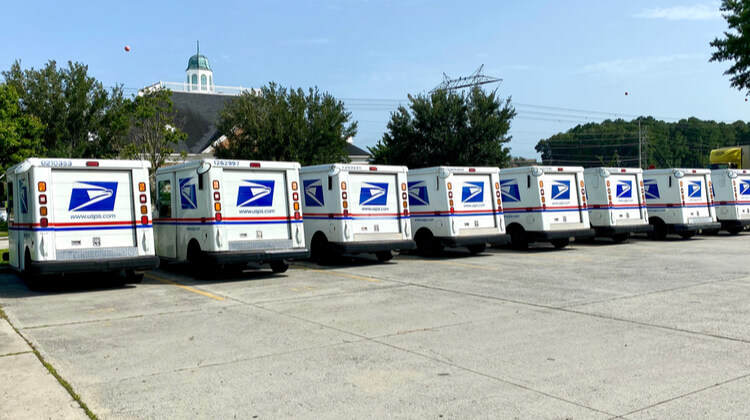
Electrifying USPS Fleet:
The USPS plans to leverage $3 billion from the Inflation Reduction Act to meet the 2026 goals for 100% of all-electric delivery vehicle purchases.
Transitioning To Electrified Transportation
A significant barrier to an EV market proliferating is the charging infrastructure. Fortunately, many car manufacturers and charging companies are unifying under the NACS charging network owned by Tesla by 2025, opening up more high-quality charging stations to non-Tesla owners and enabling a better charging experience overall for all EV drivers.
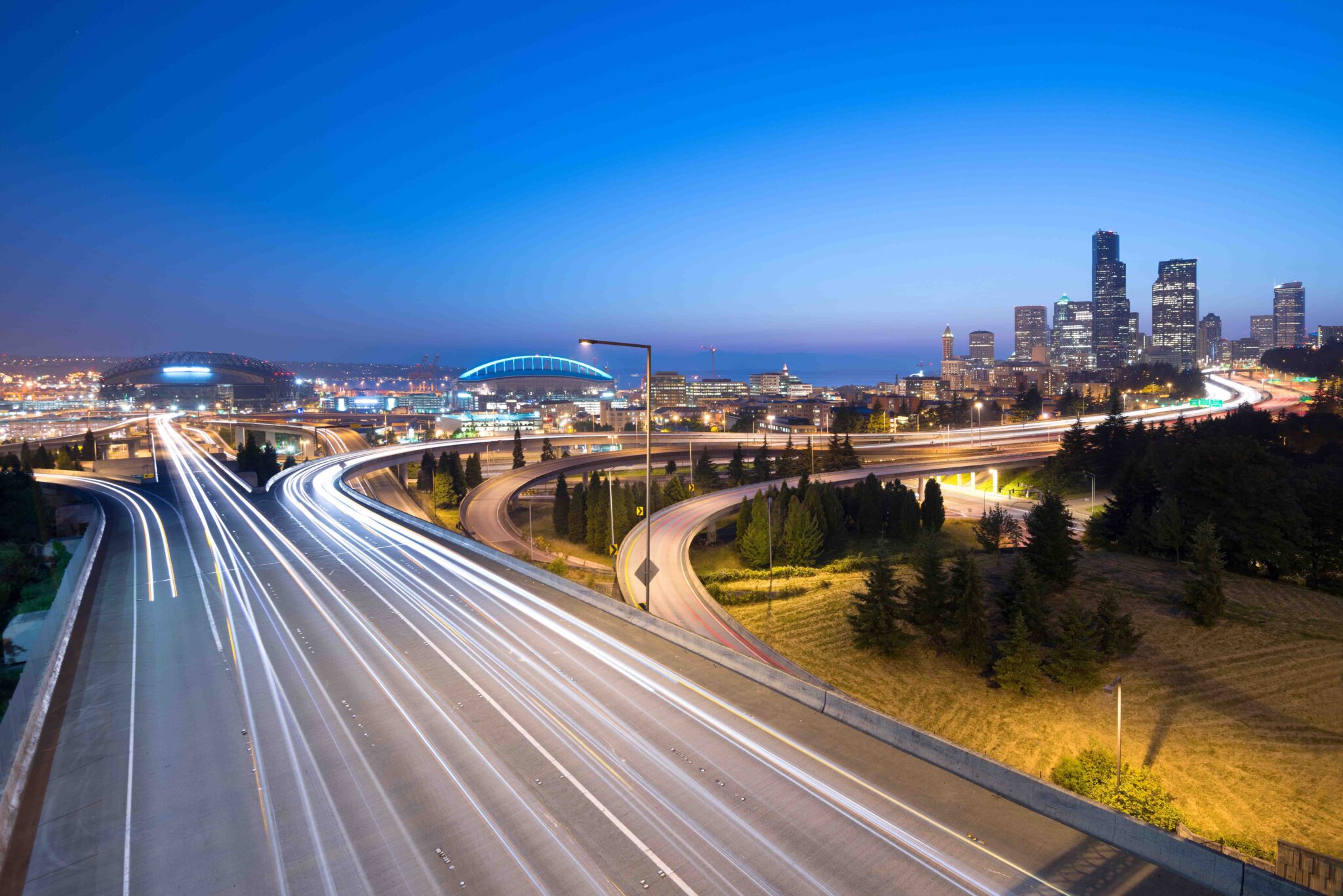
Achieving Our Electrified Vision
With the plethora of goals from the State and Federal level paired with the Inflation Reduction Act incentives, achieving these goals appears better than ever! A vital balancing act exists between available public EV charging stations and widespread EV ownership. To ensure an equitable transition, charging stations must be available in underserved and rural communities while continuing to incentivize used EV purchases.


